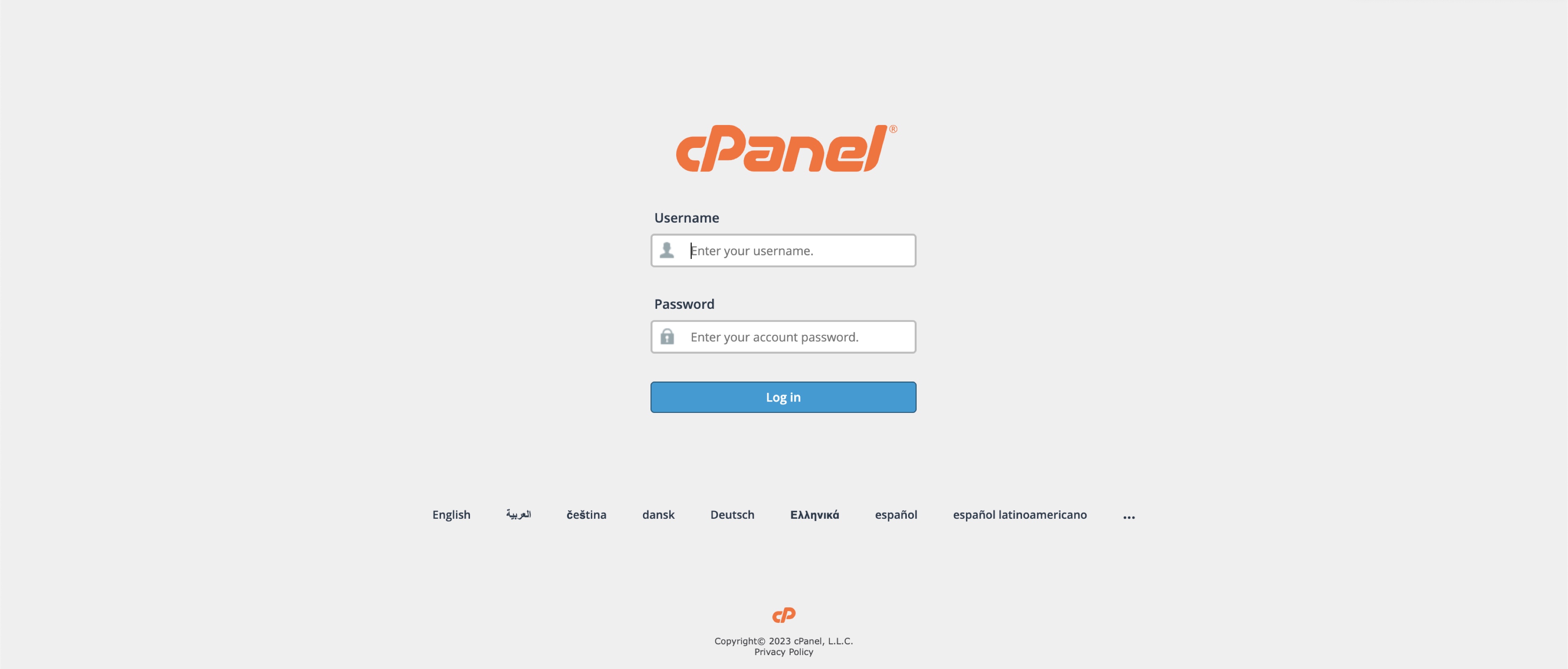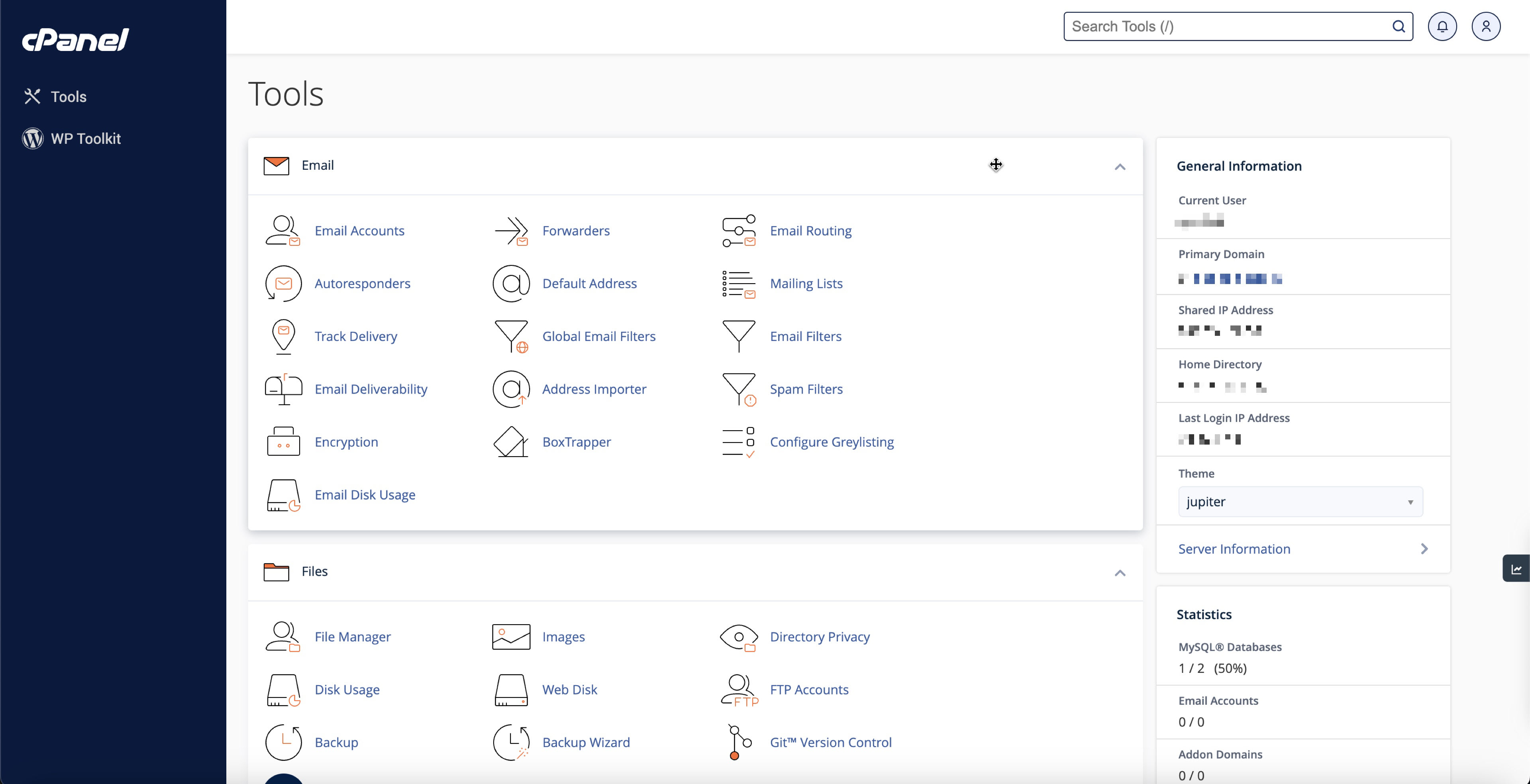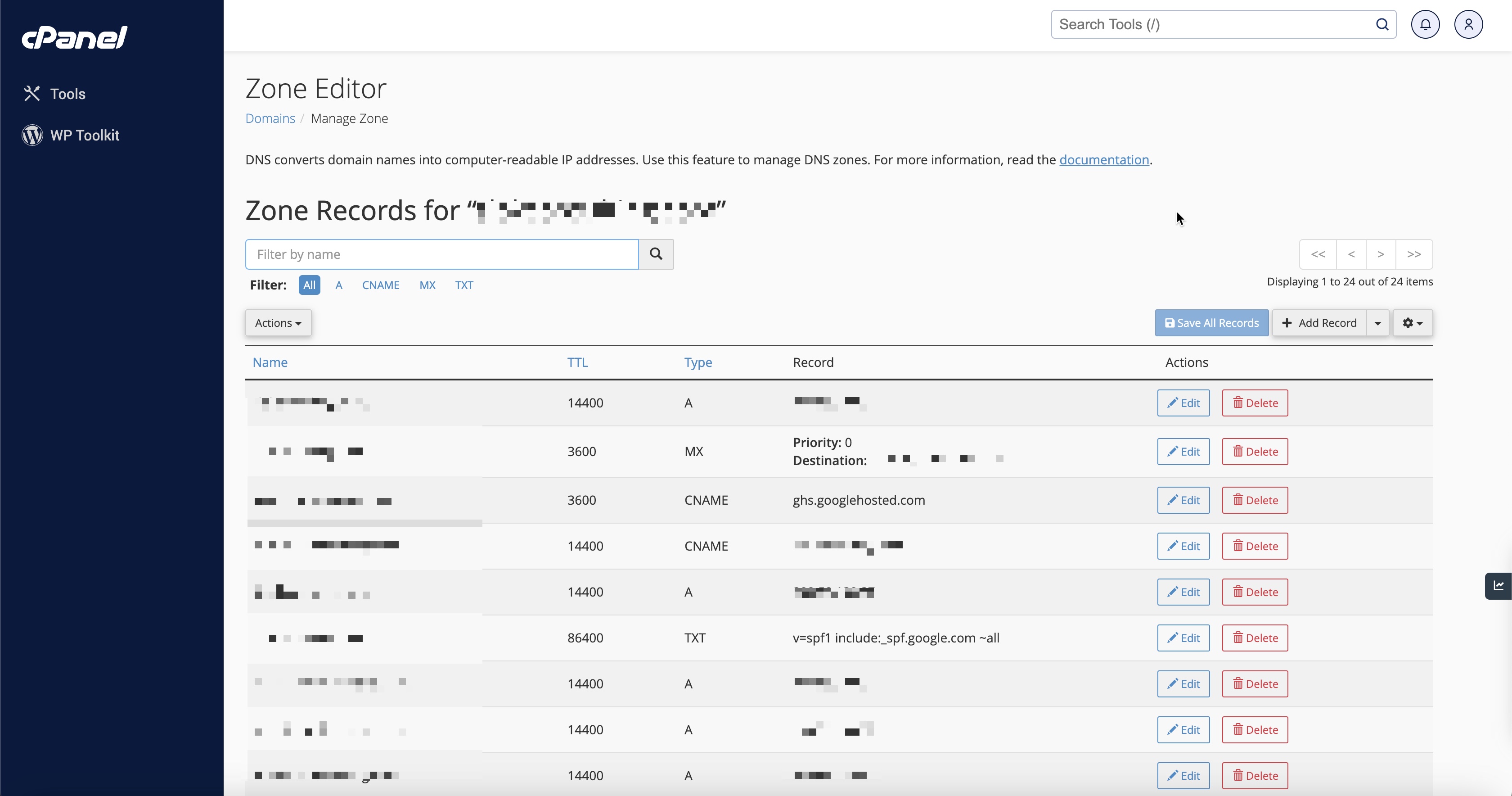How to Add an SPF Record to Your DNS Settings for Email Security
Introduction
This comprehensive guide walks you through the step-by-step procedure to add an SPF (Sender Policy Framework) record to your DNS settings. By doing so, you fortify your email against spoofing and minimize the chances of legitimate emails being classified as spam.
Section 1: Add SPF Record to Your DNS Settings
Login to cPanel: To start, you need to access your cPanel account. You can do this by appending '/cpanel' to your domain name (e.g., https://<your-domain-name>/cpanel) or via the link provided by our Support Team. Use your username and password to log in , as illustrated in Figure 1 below.

You will land on the dashboard page upon successful login, as illustrated in Figure 2 below.

Look for the DNS Zone Editor tool under the Domain section, as illustrated in Figure 3 below.

You will land on the zone editor list page, as illustrated in Figure 4 below.

Click on the Add Record button drop-down arrow and click Add ”TXT” Record, as illustrated in Figure 5 below.

A new form will open and you need to use the form to add a TXT record that contains the information from the Google Workspace website, as illustrated in Figure 6 below.

Enter the below details and click on the Save Record button as illustrated in Figure 6 above.
| Name | TTL | Record |
|---|---|---|
| @ or (Your Domain Name) | 3600 | v=spf1 include:_spf.google.com ~all |
After adding the SPF record at your DNS setting it can take up to 48 hours for SPF authentication to start working.
Conclusion
Congratulations, you have successfully added an SPF record to your DNS settings via cPanel. This will fortify your email security by protecting against spoofing and reducing the likelihood of emails being marked as spam.


























